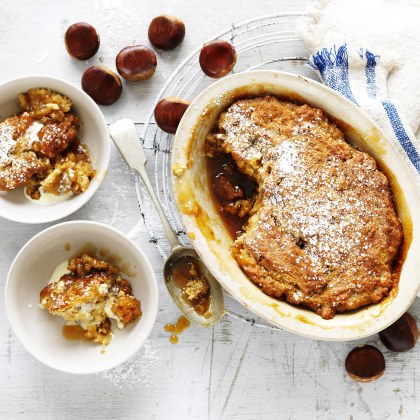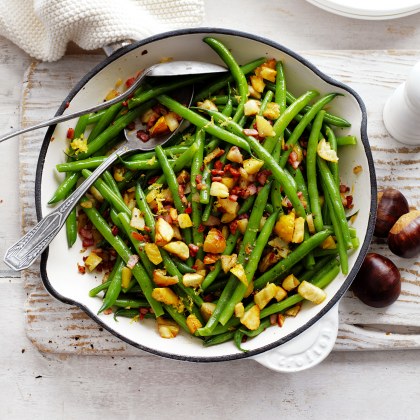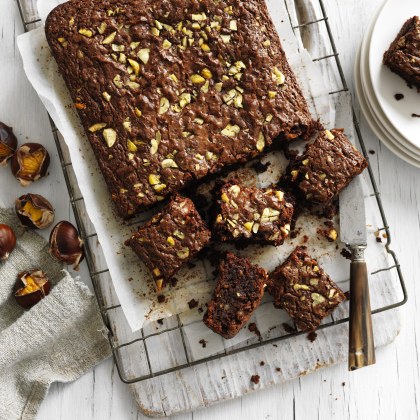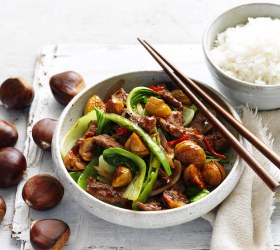How to freeze chestnuts
If you haven’t yet discovered the delicious chestnut, you’re missing out! Chestnuts are extremely versatile. Their unique nutty flavour and crumbly yet smooth texture make them great for many dishes, both savoury and sweet. Even though fresh chestnuts can only be found in Australian supermarkets and green grocers from mid-March to July… fear not, because there is a solution! Freezing chestnuts!
Freezing chestnuts allows you to enjoy them nearly all year long.
Chestnuts can be frozen with or without their shell, raw or cooked. Regardless of form, they can remain frozen for 2 to 3 months. If you intend to use your frozen chestnuts for roasting, then it’s ideal to leave the shells intact. However, if you will be using the frozen chestnuts in a recipe that requires their shells to be removed, such as a delicious chestnut pudding or a chestnut, beef and bok choy stir-fry, then shelling them prior to freezing will save you time and effort later.
Follow these easy steps to freezing chestnuts:
- Place chestnuts in freezer-safe bags, freezer-safe glass or plastic containers
- To help ensure boiled, shelled chestnuts separate easily after freezing, place them on a tray, with space between them, and freeze for several hours
- Once frozen, remove from tray and place in a freezer-safe container.
It really is that easy to extend the life of chestnuts. Now, why not give these chestnut recipes a try!
GET THE RECIPE: Chestnut and Bacon Green Beans by Chestnuts Australia






















